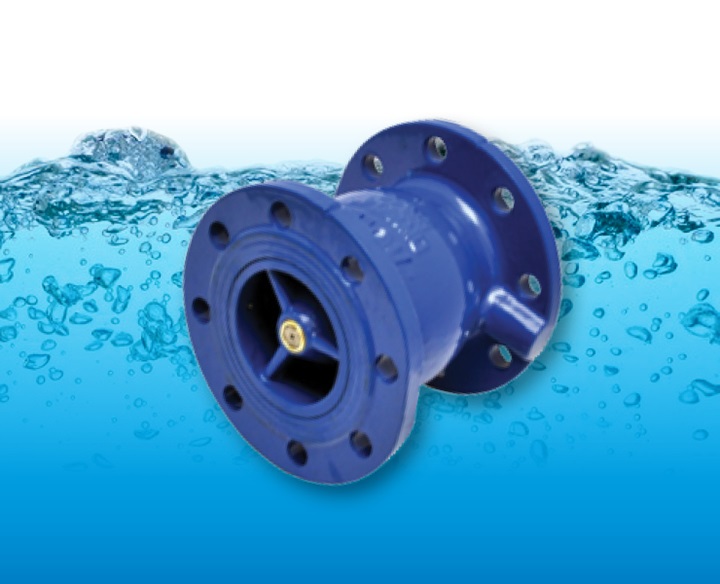
Air Release and Vacuum Issues
Air collecting at high points of the system reduces pump efficiency, causes corrosion and then as it is pressurised will create a small area of very high force, which can ultimately burst pipes.
Air pockets
An air pocket implies a relatively large volume of air, likely to accumulate on top of the pipe cross section. The pockets may travel along the line to peaks. Where they will either remain in equilibrium, be entrained by the flowing water or be released through air valves.
Air valves are globally recognised as the most effective airflow control valve associated with fluid dynamics. Their contribution to efficient flow of fluids engage with energy savings, extension of the pipeline asset life and management of surge characteristics that can damage new and older pipelines.
Some of the issues and essentially dangers attributed to the presence of air within pressurised pipe systems can be categorised as follows:
Reduction of effective bore of pipeline, causing in extreme cases complete blockages.
- Measurable energy losses.
- Water hammer or localised surges.
- Meters being affected and misreading flows in conjunction with premature failure due to internal damage to meters.
- Localised reduction in water supply or pressure
- Extensive corrosion of pipeline resulting in premature failure.
- Excessive localised pressures that could cause a danger to operators during maintenance or operation.
Eliminating the air in pipelines
Air valves are frequently used to eliminate the air that is on the crown of the pipe or at changes in incline. Air valves are classed in three basic designs:
Kinetic or large orifice, used to release large quantities of air during the filling of the line and to draw air in from the atmosphere during vacuum conditions in the line.
Automatic or small orifice, the part of the valve that will continue to operate when the pipeline is under full pressure and releases small volumes of high pressure air and double orifice or combination air valve, which combines kinetic and automatic into one valve.
Recommended locations of the air valves would be catagorised as follows;
- Pump stations: after the pump and after the check valve.
- After and before shut-off valve.
- After deep-well pump.
- On long hydraulic gradient water supply lines.
- At peaks relative to hydraulic gradient.
- At the end of lines.
- Before water meter.
Air bubbles
The air bubbles themselves often form in the following locations or are caused by conditions within the system:
- At a throttle or orifice.
- Where there is a pressure drop.
- At a branch or pipe joint.
- From a valve opening and closing rapidly.
- From shock waves, due to sudden closing of valves or cessation of pump operation.
- Pressure drop at the pipe end, due to sudden opening of valve.
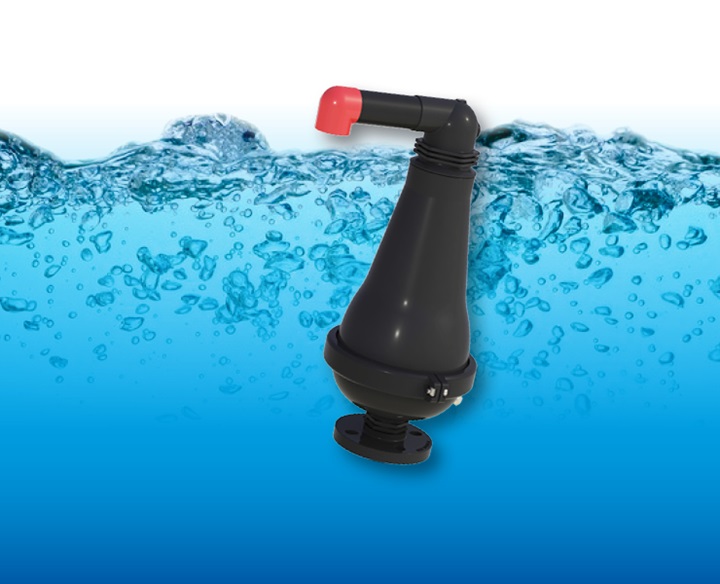
Air Release and Vacuum and Solutions

Vacuum Issues
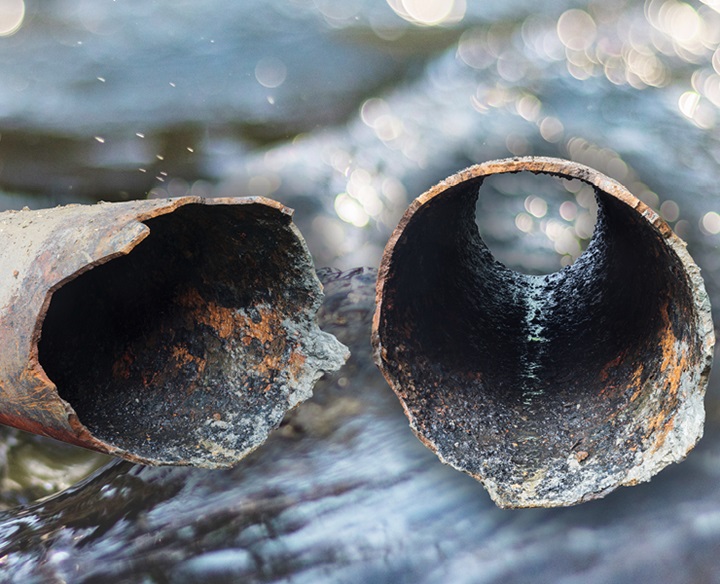
Water Hammer Issues
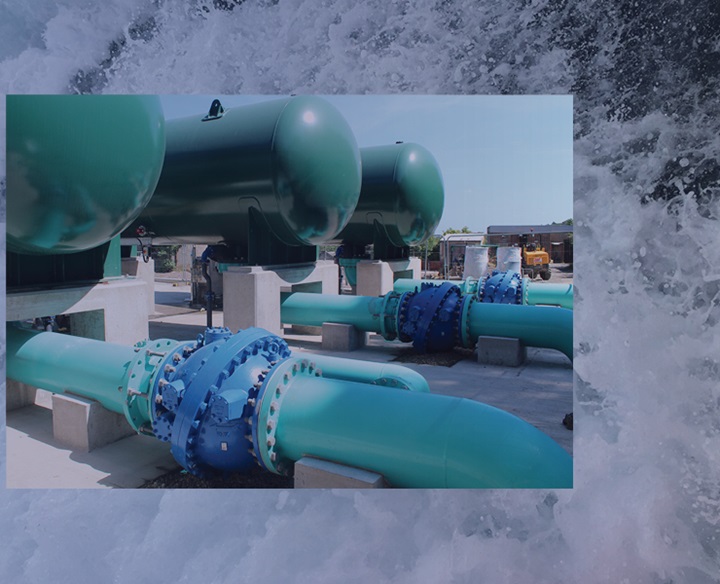
Network Safety Solutions Home Page
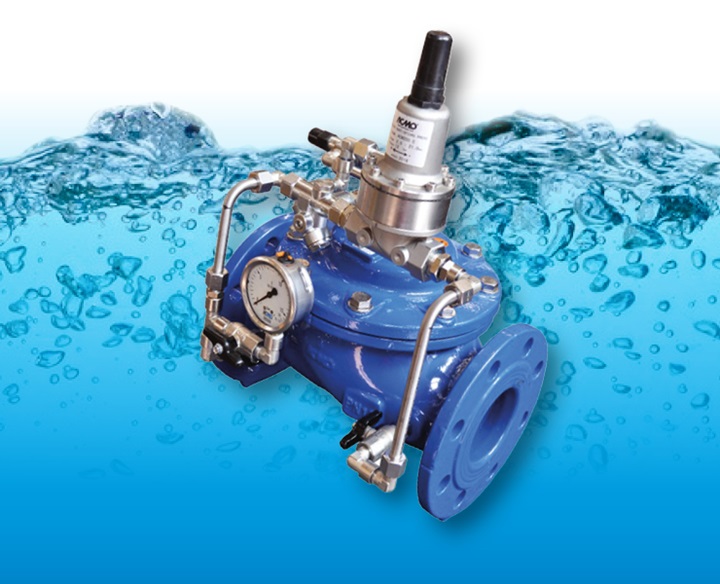
Water Hammer Control Valve Solutions
